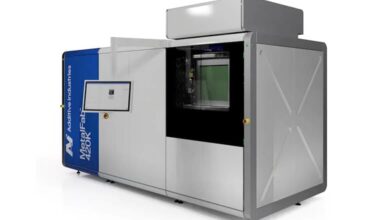3D Printing Programe To Help Heart Disease Launched
The Children’s Heart Center at the American University of Beirut Medical Center has introduced a 3-D printing program to help with the treatment congenital heart disease, the first such initiative in Lebanon.
3D printing has really begun to make inroads in areas that previous technologies have had a difficult time with. We’ve seen the technology used to create medical models which have aided surgeons in procedures previously thought to be inoperable. These 3D printed models are capable of providing doctors with a tangible replica of arteries, organs and other tissues within the human body that previously were only replicable via 2-dimensional CT scans, MRIs and X-rays.
Recently at UCLA, doctors were able to use a 3D printed heart model to go forth with a very complicated surgery on 66-year-old Richard Whitaker. Whitaker had been suffering from congestive heart failure, which resulted in two hospital stays over a period of months, and needed something done in order to save his life. He had been suffering from swollen ankles and extreme fatigue, as his lungs were not getting proper blood flow. He had very rare and unusually large pulmonary arteries, and this caused doctors quite a bit of concern as they contemplated different possible routes to take on replacing Whitaker’s defective pulmonary valve. Because of this, they elected to 3D print a model of his heart, including multiple materials in order to best replicate the organ.





